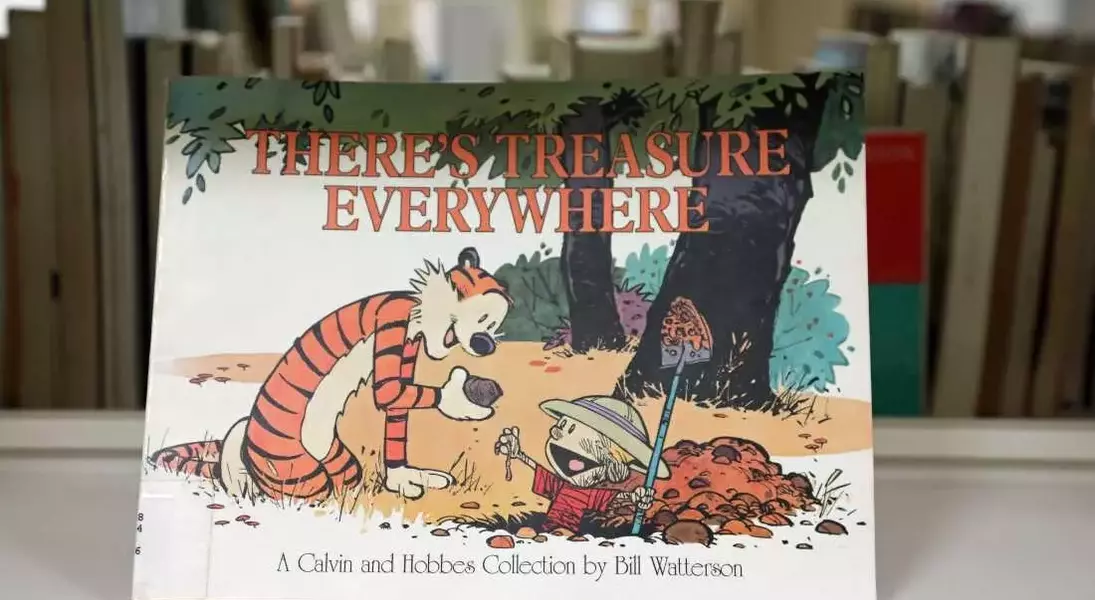
On November 18, 1985, the world was introduced to the extraordinary adventures of Calvin and Hobbes, a comic strip that would redefine the genre. This imaginative creation, a brainchild of cartoonist Bill Watterson, presented a universe where a six-year-old boy's stuffed tiger transformed into a vibrant, insightful companion, sharing in everyday challenges and wild escapades. The strip's blend of childlike wonder, deep philosophical musings, and sharp wit quickly garnered a devoted following, making it a cultural phenomenon. Even after its conclusion a decade later, the legacy of Calvin and Hobbes continues to inspire and entertain, a testament to Watterson's unparalleled storytelling and artistic genius.
The genesis of this beloved comic strip lies in Bill Watterson's distinctive vision, which skillfully intertwined the mundane realities of childhood with boundless fantasy. His ability to craft compelling narratives within the confined panels of a newspaper cartoon was extraordinary. The character of Calvin, a precocious and often rebellious child, found his perfect foil in Hobbes, a tiger who was both a loyal friend and a sardonic observer of human nature. This dynamic duo explored everything from the perils of school and homework to existential questions about life and the universe, always with a unique perspective.
A notable anecdote shared by former editor Lee Salem perfectly illustrates the strip's charm and depth. Salem recounted a particular strip featuring Calvin feigning illness to stay home from school, only to watch a dramatic soap opera. Calvin's subsequent realization that he often learned more at home than in the classroom, coupled with his sly grin, captured the strip's signature irony. This specific panel, a personal favorite of Salem's, sparked unexpected complaints from some readers who missed the humor, highlighting how profoundly Watterson's work could elicit strong reactions and diverse interpretations.
Beyond its humor, Calvin and Hobbes tackled philosophical questions with surprising earnestness. One memorable exchange depicted the pair contemplating the existence of a higher power while gazing at the sky. Hobbes's thoughtful inquiry, "Do you think there's a god?" was met with Calvin's characteristic, albeit cynical, response: "Yeah, well, someone is out to get me." This exchange encapsulates the strip's ability to blend deep thought with a child's often self-centered worldview, offering both amusement and introspection.
Comparing Calvin to other iconic comic strip children like Charlie Brown or Dennis the Menace, Salem noted that Calvin possessed a distinct blend of Tom Sawyer and Huckleberry Finn's adventurous spirit. Hobbes, in turn, served as Calvin's crucial alter ego, providing a necessary balance to Calvin's often chaotic energy and offering insightful commentary on their many adventures. The ambiguity surrounding Hobbes's reality—whether he was truly alive or merely a figment of Calvin's imagination—was central to the strip's magic, allowing readers to engage with the narrative on multiple levels.
Bill Watterson's decision to end the strip in 1995, at the peak of its popularity, was a bold move driven by his desire to explore new creative avenues beyond the confines of daily newspaper panels. His commitment to artistic integrity over commercial success has cemented Calvin and Hobbes's status as a timeless classic. The strip’s enduring appeal lies in its authentic portrayal of childhood imagination, the complexities of friendship, and its ability to provoke thought and laughter, securing its place in the pantheon of great comic art.
